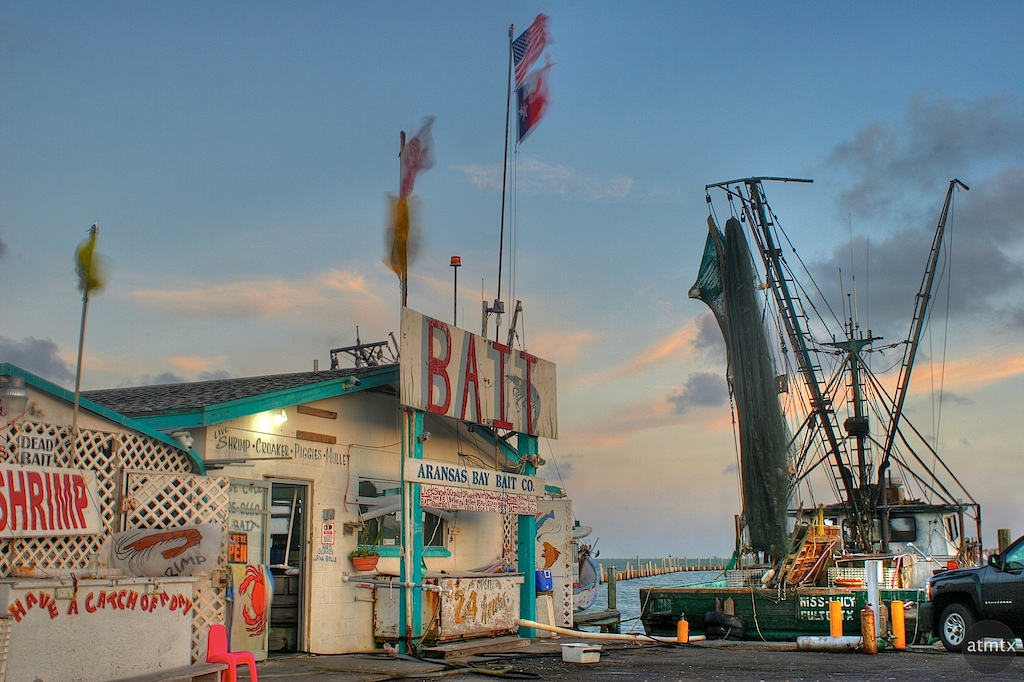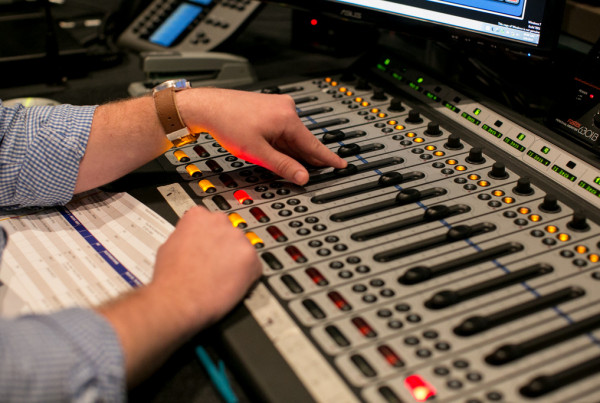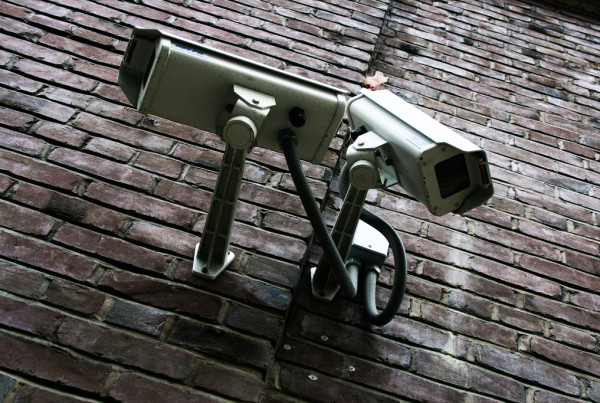Fish along the Texas Gulf are spilling their guts for science. Researchers are hoping to learn more about the health of the region’s ecosystem. Sara Sneath of the Victoria Advocate has the inside scoop.
In Port Aransas, fishing tourists dressed in brightly colored fishing shirts are lined up on the pier at Captain Kelly’s Deep Sea Headquarters. They’re ready to hand over their catch to a fish cleaner – that’s Joseph Matocha’s job.
First he separates the meat of the fish from parts that would normally be thrown out. Once he cleans the fish, Matocha gives the tourists neatly packaged meat. But the guts of every fish turned in here go to a researcher with Texas A&M Corpus Christi.
James Simons with the Center for Coastal Studies.
“This is basically the kick off of what we’re calling the ‘Texas Coastal Fish Gut Roundup,’” Simons says. “What we’re doing is we’re collecting carcasses from the fish boat operators and bringing them back, taking out the guts…and looking at the diet. Analysing what they ate. ”
He is collecting fish innards from anglers and charter boat operators from Port O’Connor to Port Mansfield. Simons carcass collection runs throughout the fishing season. He hopes to collect samples of 30 guts each from 40 species of Gulf fish.
“This is funded by the Marine Fisheries Initiative, MARFIN for short…what we’re targeting is managed species in the Gulf. We’re trying to fill out data on species that we have very little diet data [for]. These diet data are very important in fisheries models. And fisheries models help us to predict the effects of overfishing, oil spill fishing, red tide effects on fishing…these affect not only the target species, but all fish.
Simons is partnering with researchers in South Florida and Mexico who will also be collecting fish guts to contribute to the Gulf-wide research. When the data collection is done the information will be available online for researchers, fishermen and women and fisheries managers alike to use. For fisheries managers this information could be used to predict how changes in the environment could affect the ecosystem. But for a local fishermen, the info could be used to see what kinds of critters their favorite game fish are biting on.















